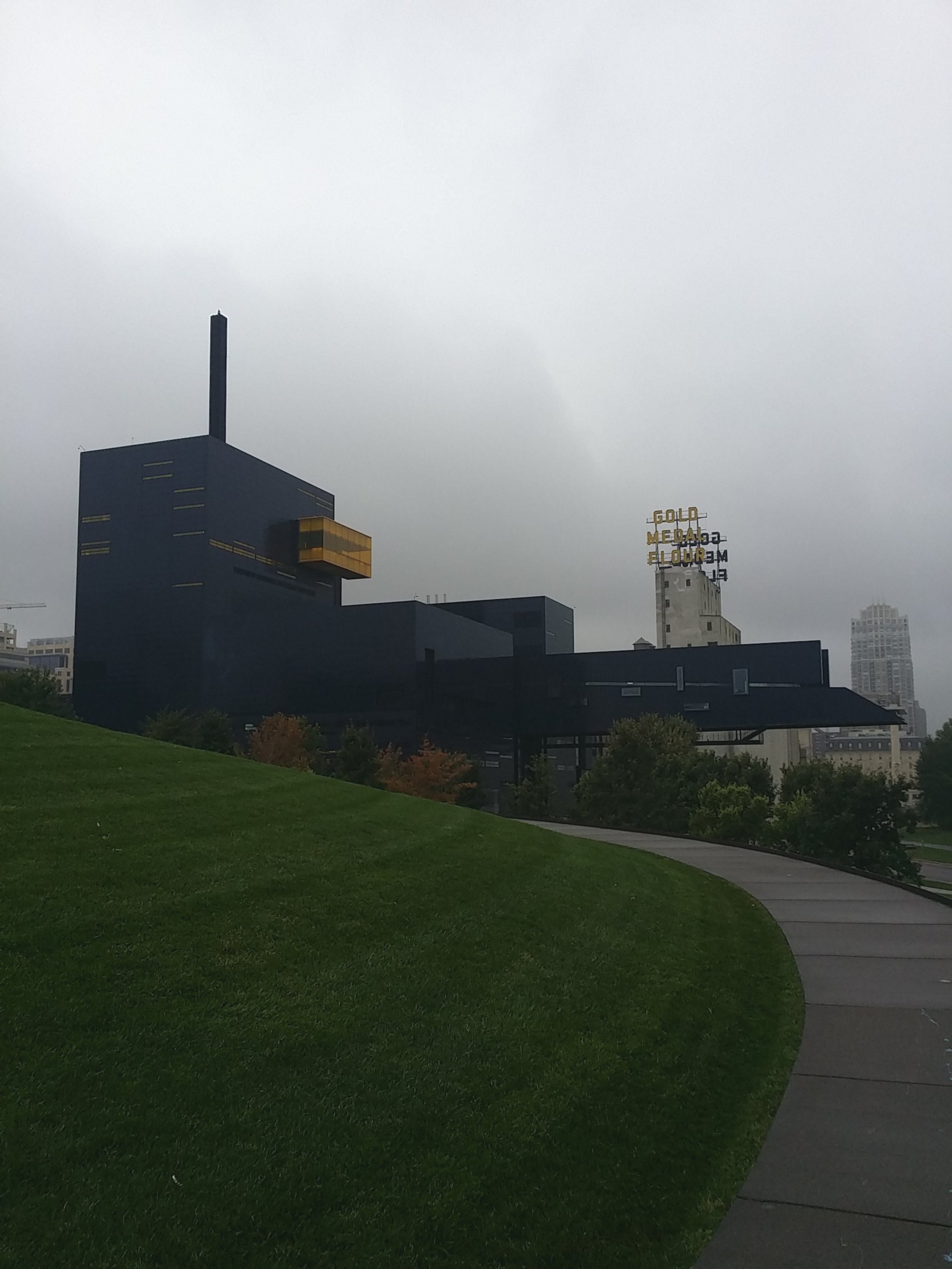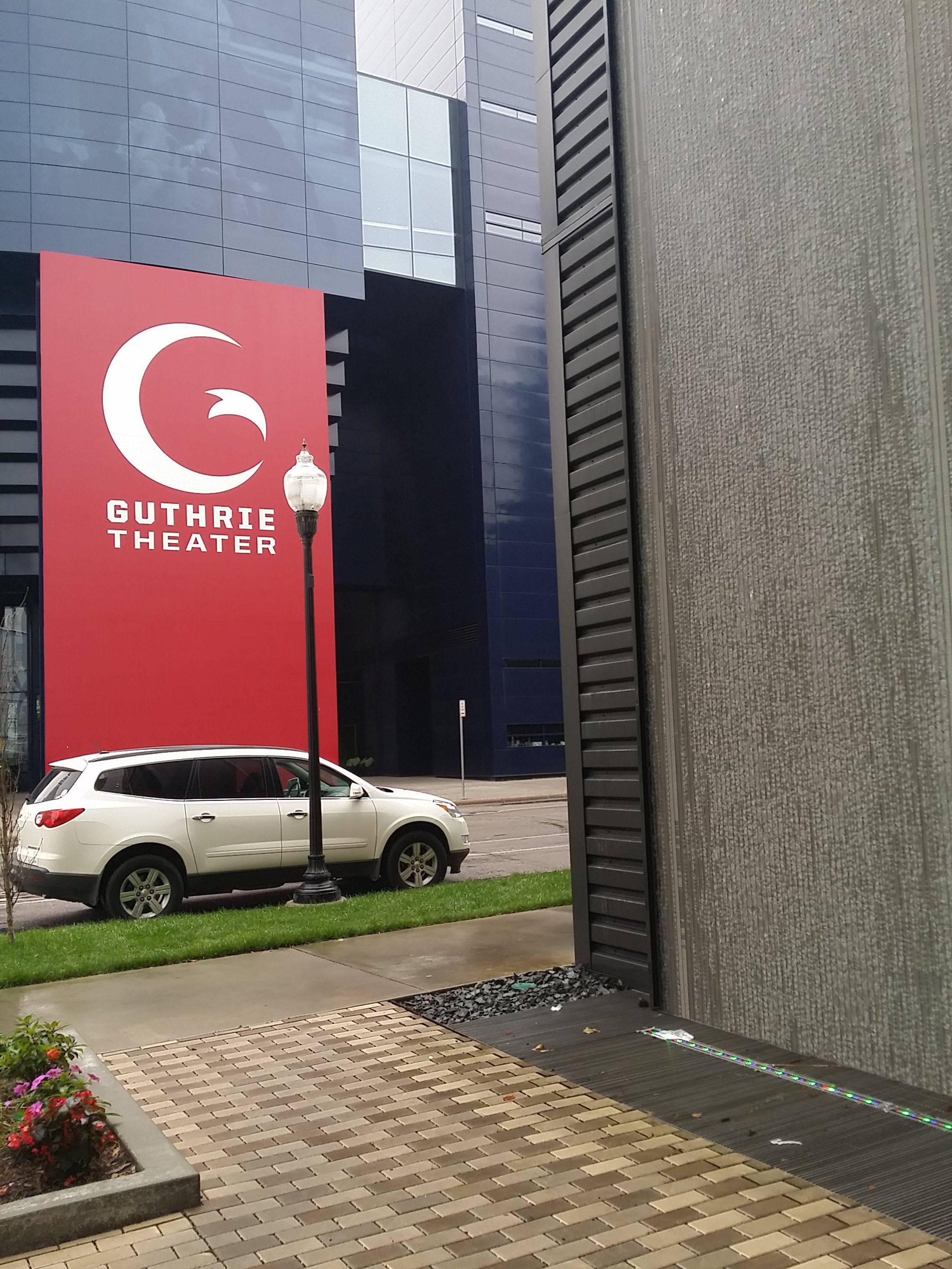I was in Minneapolis last week, attending the 2015 American Institute of Architects Custom Residential Architects Network (AIA CRAN) Symposium, "Elevating the Art of Residential Design and Practice". I was CRAN last year and have to say that this years talks were well-rounded and very relevant to modern day architectural practice.
I particularly enjoyed the following three lectures that discussed sustainability and green building. A professor, an architect, and the green police presented:
How the Collaborative Economy is Transforming Housing, by Thomas Fisher
Integrated Green Design: High-Performance Design Strategies for Building Design & Construction, by Peter Pfeiffer
A Review of Green Building Products & Systems: Green Washers Beware!, by Michael Anschel & Carl Seville
I'm told, these lectures will be available on www.houzz.com/CRAN2015 soon.
How the Collaborative Economy is Transforming Housing by Thomas Fisher
The 30,000 ft view: Fisher's talk gave the big picture, the long term projection.
The gist: Architecture, architects, and the future - the status quo is unsustainable. Sigh!
Tom Fisher identified the four drivers for the paradigm shift in the way we live, work, play, travel, create, learn, bank, and consume - Technology, Values shift, Economic realities, Environmental pressures.
He spoke about:
the current trend towards a peer-to-peer/ sharing/ collaborative economy (Kickstarter, Uber, Getaround, Lyft, Airbnb, etc)
Driverless cars and how that's going to change our cities
Millennials, who are looking to live in downtown and the inner city, because they value experiences more than the idea of buying a single family home with a big yard out in suburbia
the third industrial revolution of mass customization
our ponzi scheme with the planet
While he made some very salient points, pardon me, I don't share in his prophecy of doomsday and collapse. I have since listened to several of Fisher's lectures (available online), and I'm afraid they all carry the same Malthusian critique and predict the downfall of our world and planet.
On the contrary, I think we humans are an ingenious bunch. Most individuals and systems make life and our world better. If you don't share my optimism, check out humanprogress.org.
No doubt, driverless cars are going to change our lives. If people are willing to spend 1 to 2 hours per day driving to work now, I can't help but think that driverless cars, along with home delivery meals, and telecommuting will only exacerbate urban sprawl, not alleviate it. Better services and infrastructure will incentivize people to live further away from town. If the industrial revolution gave birth to cities, the third industrial revolution is going to spread population out, along with wealth. P2P and sharing economy is leading to horizontal distribution of wealth, and generally millennials are wealthier than their parent's generation. It may be true that millennials value experiential purchases more than material consumerism. But, once they start having families, do you think they will want to live in crowded expensive inner cities when they have a choice to live elsewhere. Heck, they will be wealthy enough to own secondary lakeside (or other destination) vacation homes that their driverless cars will take them to (as they relax and watch a movie in transit, no less).
Integrated Green Design: High-Performance Design Strategies for Building Design & Construction by Peter Pfeiffer
The 3000 ft view: Pfeiffer reviewed his thoughts on green building through his lens as a practical architect.
The gist: Design like you give a damn about the environment and green-by-design is more economical than green-by-gizmo.
Full disclosure
I was a Project Architect at Pfeiffer's architecture firm for more than 8 years. Suffice it to say, I subscribe to the philosophy of green-by-design (passive first, active next), and know a thing or two about high-performance buildings.
Pfeiffer talked about the benefits of high-performance buildings. As always touted, reduced environmental impact and consumption; but equally important, improved health, enhanced comfort, and low cost of ownership.
He also presented the green design pyramid, which follows the logic of the food pyramid.
Design for Climate (the base): Design decisions and choices made early in the project (pre-design or schematic phase) provide maximum impact for minimal cost. For example - site selection, siting and orientation (responsive to climate- breezes, sun/shade, views), programming and zoning (for a/c), house sizing, etc are passive strategies for a more energy efficient design.
Building Science and energy conservation: Building envelope design (roof system, insulation, wall system, glazing, etc.), HVAC specifications, water saving fixtures and appliances, energy efficient light fixtures and appliances, material selections, etc
Energy production (the top): Also called "green bling", this tier includes photovoltaic arrays, solar hot water, geothermal, and wind turbines that generate power/energy and get you closer to net-zero. Even with the federal (and city utility) tax rebate, this bling can set you back several grand. They are the cherry on top or lipstick on a pig, depending on the project.
One would think that is an easy sell to a group of architects. It puts more power into the hands of the architect, the inspired generalists, and positions us as leaders of green building. And yet more builders and product manufacturers command that space than architects.
A Review of Green Building Products & Systems: Green Washers Beware! by Michael Anschel & Carl Seville
The 300 ft view: Up close look at the green building products available on the market.
The gist: Don't get caught up in the hype; know your building science.
Anschel and Seville (the Green Police duo)talked about green washing and presented the 8 sins of green washers: lack of proof, worshipping false labels, vagueness, false conclusions, hidden trade-offs, fibbing, lesser of 2 evils, irrelevance.
Building green is a matter of juggling the following: site impact, community impact, resource efficiency, water conservation, indoor environmental quality, energy efficiency, durability and maintenance, ease of use, practicality of installation, noticeable improvement, and last but not least, beauty.
If you are lost in the quagmire of green building products out there, a) you are not alone, b) look into using Pharos Lens to make more informed choices, and c) try not to get hung up on the products, unless you have particular health concerns or sensitivities.
There's also this documentary film (Greenwashers), which is now on my watch-list.
Just remember, there are 50 shades of green and you are damned if you do, and damned if you don't.
Cheers,
Sharon.




